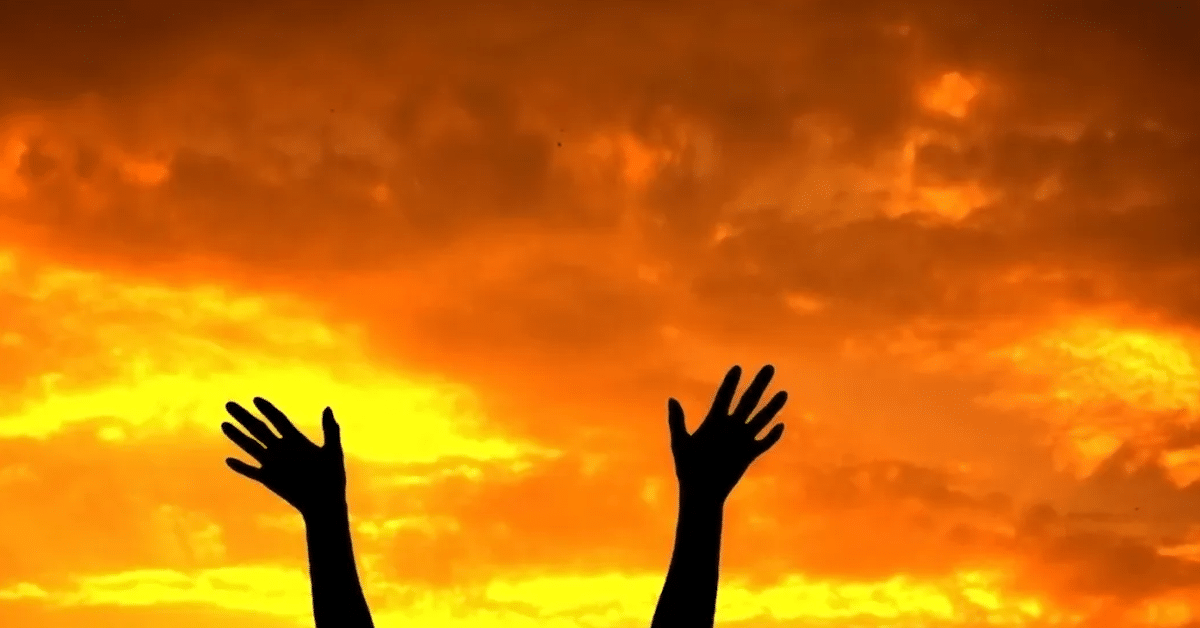The past 10 years have seen a resurgence of research on the therapeutic uses of psychedelics. A growing body of evidence suggests that psychedelics can effectively treat mental health conditions such as depression, addiction, and PTSD.
In fact, the research is so compelling that in 2017, the FDA granted “breakthrough” status to two psychedelics, MDMA and psilocybin, putting them on a fast track to approval.
Nonetheless, because psychedelics are still illegal at the federal level and only approved for medicinal use in a few states, there is a lot we don’t know about how they work and best practices for treatment. Here is the latest on psychedelics, including what patients might expect from treatment.
Which psychedelics are currently being used or tested in the U.S.?
Of the drugs most commonly included under the psychedelic umbrella, only ketamine is approved for clinical use in all 50 states. Traditionally used as a synthetic anesthetic, ketamine can produce psychedelic experiences at low doses. It is primarily used as a therapy for treatment-resistant depression.
Psilocybin is a naturally occurring psychedelic compound found in mushrooms. It has been approved for therapeutic use in Oregon, Colorado, and parts of Michigan. Research suggests that psilocybin is an effective treatment for depression and anxiety, particularly in patients with terminal illnesses. Psilocybin also shows promise as a treatment for addiction.
Currently, MDMA is only legal in the context of FDA-approved clinical trials. Commonly known as ecstasy or molly, MDMA is a synthetic compound originally created for pharmaceutical purposes. Research indicates that MDMA is an effective treatment for PTSD.
What does the research say about the efficacy of psychedelics?
Ketamine– A year-long study published in the Journal of Clinical Psychiatry showed that 72 percent of patients receiving ketamine treatments experienced a reduction in symptoms, and 38 percent were symptom-free after 10 sessions. Recent research has shown that ketamine is as effective as ECT with fewer side effects. Still, experts are cautious about recommending ketamine as a “first-line” treatment, and insurance may not cover it if patients haven’t tried alternatives like SSRI’s.
Psilocybin– a 2020 analysis of psilocybin research indicated that psilocybin was effective at reducing symptoms of depression and anxiety when compared with a control group. A recent study at UCSF suggests that psilocybin works by interrupting the “default mode” network in the brain and stimulating the growth of new neural pathways. A recent study published in JAMA Psychiatry showed that psilocybin plus psychotherapy helped patients with alcohol use disorder significantly reduce their drinking for a minimum of 8 months post-treatment.
MDMA– Recently completed clinical trials indicate that MDMA is effective at reducing symptoms of PTSD. Eighty-eight percent of patients receiving MDMA-assisted therapy achieved a meaningful reduction of symptoms, and 67 percent no longer met the criteria for PTSD at the study’s end. Other clinical trials suggest that these benefits persist for up to 4 years post-treatment.
Are there any adverse effects or contraindications?
When administered in a clinical setting, psychedelics carry little risk of adverse effects. Some patients report disturbing visual or sensory distortions or experiences of dissociation. However, the risk of “bad trips” is minimized by conducting sessions in a controlled environment.
Patients with hypertension are generally not good candidates for psychedelic-assisted therapy, as psychedelics can cause a short-term elevation in blood pressure. Psychedelics are also contraindicated for patients with a history of or predisposition to psychosis.
What can patients expect from sessions?
The protocols differ depending on the drug type, administration method, and administration site. For example, ketamine can be administered intravenously, via a nasal spray, or in lozenge form. This can occur in a hospital setting or in the office of a certified provider. Patients are supervised throughout the session, which typically lasts 1-2 hours. Since they are unable to drive post-treatment, patients must be discharged to the care of a responsible adult.
Since the effects of classic psychedelics like psilocybin, MDMA, and LSD last longer than the effects of ketamine, sessions typically run between 6 and 8 hours. Patients ingest the psychedelic in the presence of a certified therapist, who then facilitates the session. Sometimes, patients listen to music and/or wear eye masks to enhance the experience.
One criticism of psychedelic-assisted therapy as it currently exists is that there is no standardized treatment protocol, and the protocols that exist are outdated and lack supporting evidence as to their efficacy. Therefore, there can be a great deal of variation in how these therapy sessions are conducted.
How do I go about referring my patient for psychedelic-assisted therapy?
The American Society of Ketamine Physicians keeps a directory of authorized ketamine providers on its website.
ClinicalTrials.gov keeps a list of ongoing clinical trials in the U.S. Patients can search by location, intervention, and recruitment status.
Conclusion
Recent research indicates that psychedelics can effectively treat a variety of mental health conditions, including depression, anxiety, PTSD, and alcohol use disorders. Although ketamine is currently the only psychedelic approved for clinical use nationwide, MDMA and psilocybin have been fast-tracked by the FDA and could see approval in the next year. Psychedelics demonstrate a minimal risk of adverse effects. Nonetheless, a standardized treatment protocol and best practices should be established before psychedelics are integrated into mainstream medicine. In addition, further research, education, and policy changes are needed to optimize the therapeutic potential of these medicines.
Keep Reading
Want more? Here are some other blog posts you might be interested in.









